Exploring the Advantages and Applications of LoRa Fiberglass
Posted by LiYu on

Introduction
In an increasingly connected world, where the Internet of Things (IoT) is shaping industries and daily lives, the need for efficient and reliable communication technologies has never been more critical. Long Range (LoRa) technology has emerged as a frontrunner in enabling long-distance, low-power communication for IoT devices. One essential component of LoRa systems is the antenna, and in recent years, LoRa fiberglass antennas have gained attention for their exceptional performance and versatility. In this article, we delve into the world of LoRa fiberglass antennas, exploring their key features, advantages, applications, and the reasons behind their growing popularity.
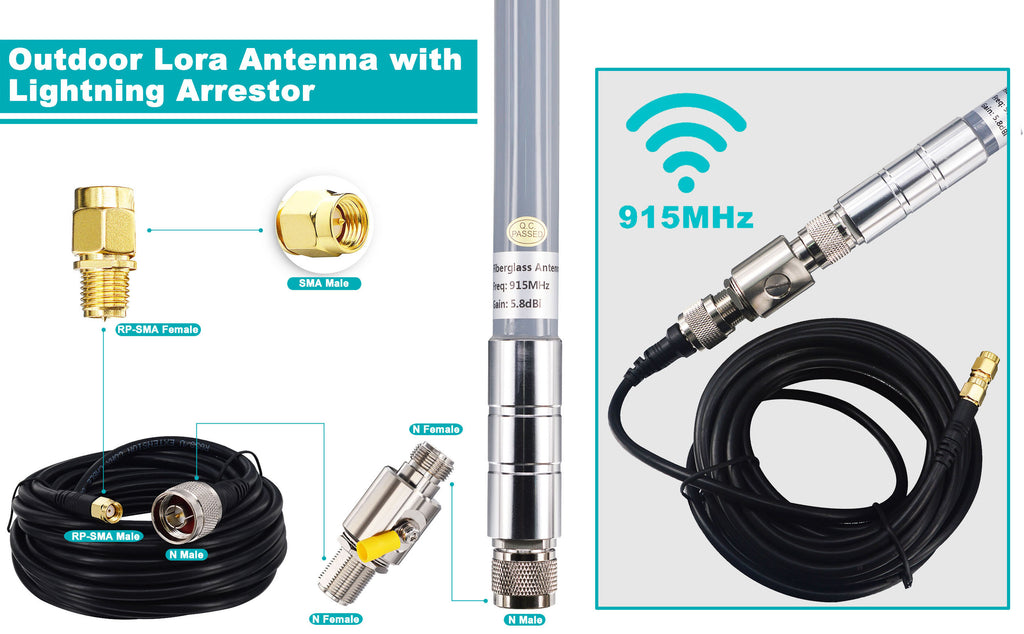
Understanding LoRa Technology
Before delving into LoRa fiberglass antennas, let's grasp the basics of LoRa technology. LoRa is a wireless communication protocol designed for low-power, wide-area networks (LPWANs). LPWANs are specifically tailored to facilitate communication between devices over long distances while consuming minimal energy. LoRa technology is a standout player in this field, offering unparalleled range and power efficiency, making it a prime choice for various IoT applications.
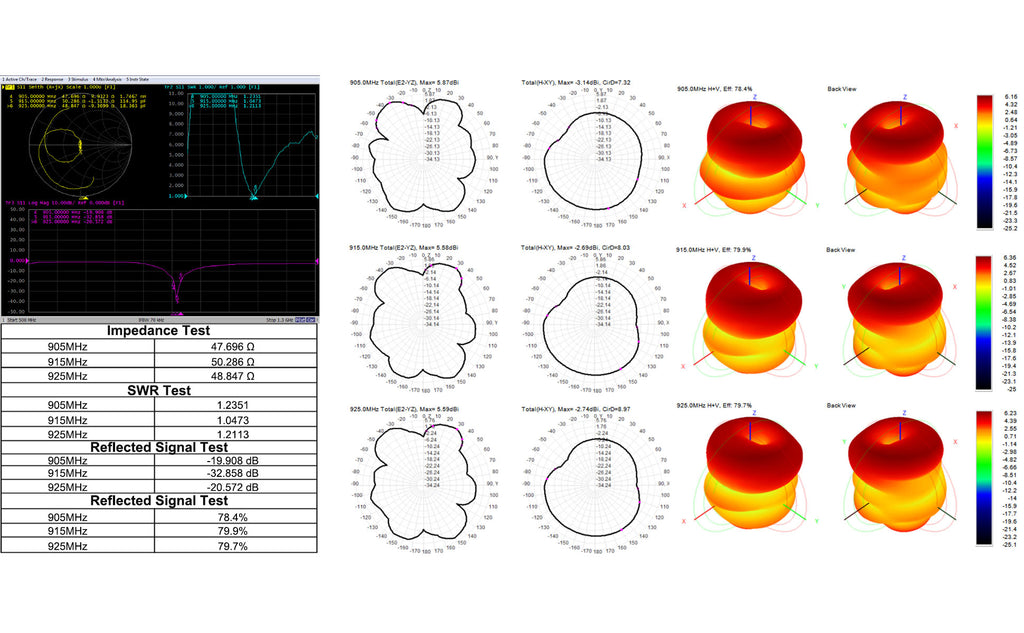
The Role of Antennas in LoRa Systems
Antennas play a pivotal role in wireless communication systems by transmitting and receiving radio frequency signals. In LoRa systems, antennas are responsible for both sending data from IoT devices to gateways and receiving data from gateways to devices. Efficient antennas are essential to maximize the coverage area, minimize energy consumption, and ensure reliable communication in IoT networks.
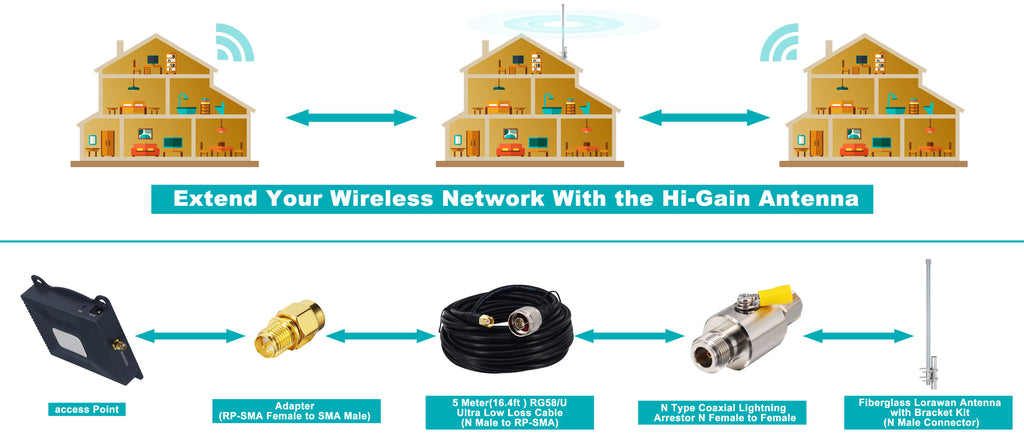
Enter the LoRa Fiberglass Antenna
LoRa fiberglass antennas have garnered considerable attention due to their unique design and exceptional performance characteristics. These antennas are crafted using fiberglass as the primary material, which offers several advantages over traditional antenna materials like metal.
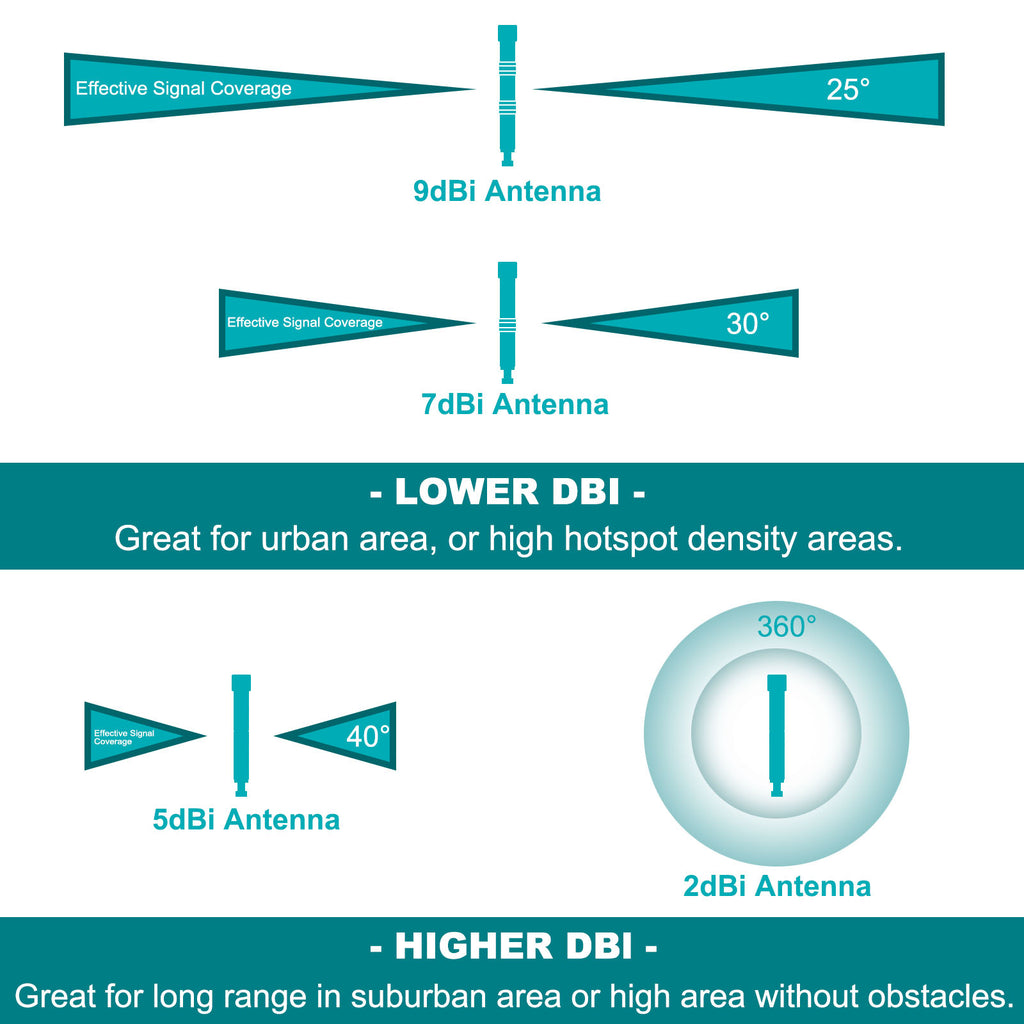
Advantages of LoRa Fiberglass Antennas
- Durability and Weather Resistance: Fiberglass is known for its robustness and resistance to harsh environmental conditions. LoRa fiberglass antennas can withstand extreme temperatures, humidity, rain, and even exposure to corrosive chemicals. This durability is crucial, especially for outdoor applications where antennas are exposed to the elements.
-
Lightweight Construction: Fiberglass is significantly lighter than metals like steel or aluminum. This lightweight nature not only simplifies installation but also reduces the strain on supporting structures.
-
Non-Conductivity: Unlike metal antennas, fiberglass antennas are non-conductive, meaning they don't interfere with radio frequency signals. This property eliminates the risk of signal reflection or distortion caused by metal surfaces.
-
Versatility in Design: Fiberglass antennas can be molded into various shapes and sizes, allowing for optimal design customization to suit specific applications. This flexibility in design enhances signal propagation and coverage.
-
Corrosion Resistance: Metal antennas are susceptible to corrosion over time, which can degrade their performance. Fiberglass antennas, on the other hand, are corrosion-resistant, ensuring consistent signal quality and longevity.
-
UV Resistance: Fiberglass antennas are designed to resist the damaging effects of UV radiation from the sun. This resistance prevents degradation and maintains performance even after prolonged exposure to sunlight.
-
Easy Installation: The lightweight nature of fiberglass antennas simplifies the installation process, reducing the need for heavy-duty mounting structures. This can lead to cost savings and quicker deployment.
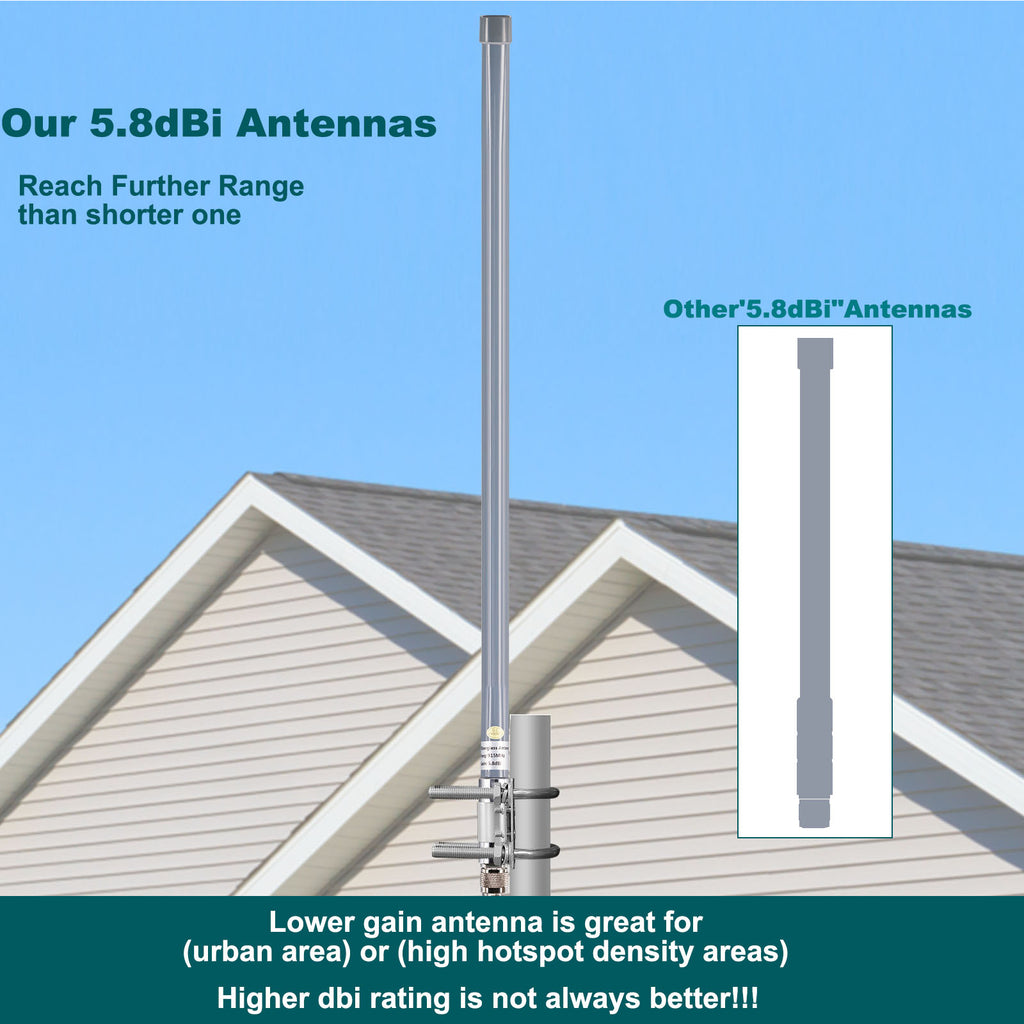
Applications of LoRa Fiberglass Antennas
LoRa fiberglass antennas find application in a wide array of industries and scenarios due to their exceptional performance and versatility:
-
Agriculture: In smart agriculture, LoRa fiberglass antennas facilitate communication between soil moisture sensors, weather stations, and central control systems. Their long-range capability is essential for covering large fields and remote areas.
-
Smart Cities: LoRa technology plays a pivotal role in creating efficient smart city networks. Fiberglass antennas enable data exchange between various devices like waste management sensors, streetlights, and parking sensors.
-
Industrial Monitoring: Industrial IoT relies on robust communication networks for real-time monitoring. Fiberglass antennas ensure seamless connectivity between sensors, machinery, and central monitoring systems in challenging industrial environments.
-
Environmental Monitoring: For monitoring environmental parameters such as air quality, water quality, and wildlife tracking, LoRa fiberglass antennas provide the necessary connectivity over expansive and often remote areas.
-
Smart Metering: LoRa-enabled smart meters transmit consumption data from utility meters to utility companies. Fiberglass antennas facilitate this communication, even in densely populated urban areas.
-
Supply Chain and Logistics: In tracking assets and optimizing supply chain operations, LoRa fiberglass antennas enable continuous data exchange between shipping containers, warehouses, and distribution centers.
-
Healthcare: LoRa technology aids in remote patient monitoring and tracking medical equipment. Fiberglass antennas ensure reliable communication for healthcare IoT devices.
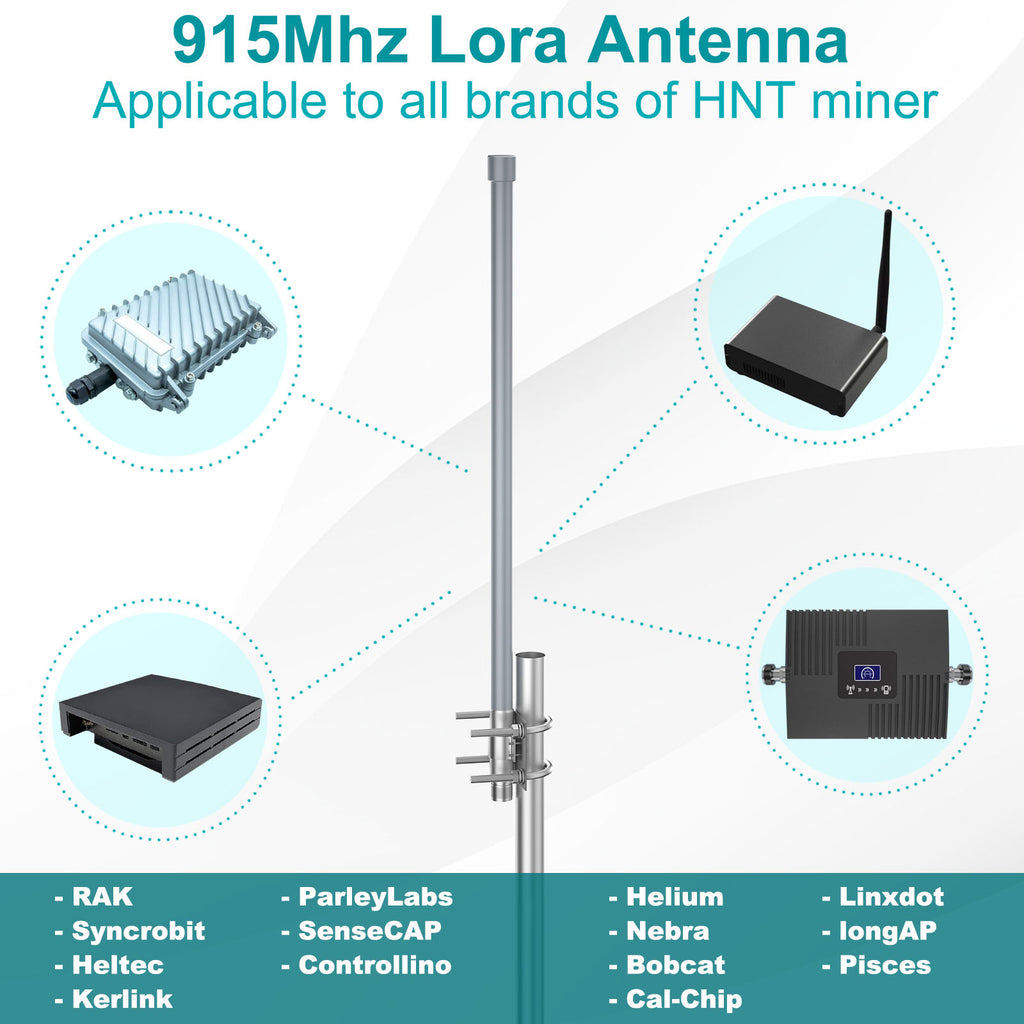
The Growing Popularity of LoRa Fiberglass Antennas
The popularity of LoRa fiberglass antennas can be attributed to their unique combination of benefits that cater to the specific needs of IoT deployments:
-
Reliability: The durability and weather resistance of fiberglass antennas make them a reliable choice for long-term outdoor deployments, reducing maintenance costs.
-
Extended Range: LoRa technology already offers impressive range, and fiberglass antennas further enhance this capability, making them suitable for applications that cover vast areas.
-
Cost Efficiency: The lightweight design of fiberglass antennas simplifies installation and reduces the need for complex mounting structures, contributing to cost savings.
-
Customization: The versatility of fiberglass allows for custom antenna designs optimized for specific applications, ensuring optimal signal propagation.
-
Future-Readiness: As IoT applications continue to evolve, the adaptability and resilience of fiberglass antennas position them as a future-ready choice for diverse communication needs.
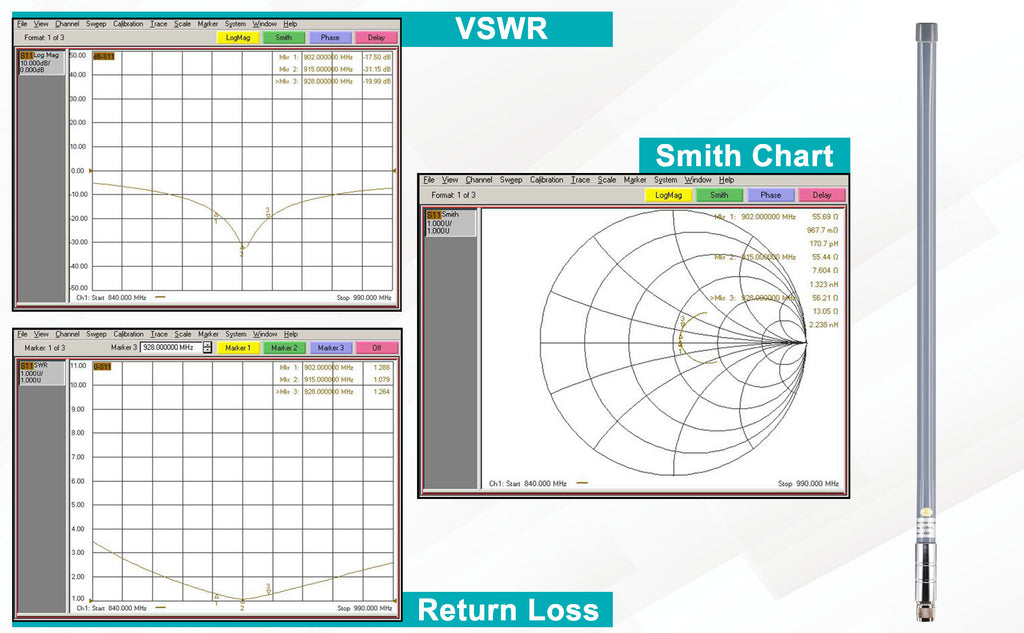
Conclusion
In the realm of IoT, where seamless communication over long distances is paramount, LoRa technology has emerged as a frontrunner. LoRa fiberglass antennas, with their exceptional durability, weather resistance, and customization potential, have further elevated the capabilities of LoRa systems. From agriculture to healthcare and beyond, the applications of LoRa fiberglass antennas span numerous industries, offering reliable connectivity in challenging environments. As the IoT landscape continues to expand, these antennas are poised to play a crucial role in shaping the future of connected devices and smart systems.
Share this post
- 0 comments
- Tags: Custom antenna design, Fiberglass antenna, IoT applications, IoT communication, ireless sensor networks, Long-range connectivity, LoRa technology, LPWAN networks, Smart city infrastructure, Weather resistance
